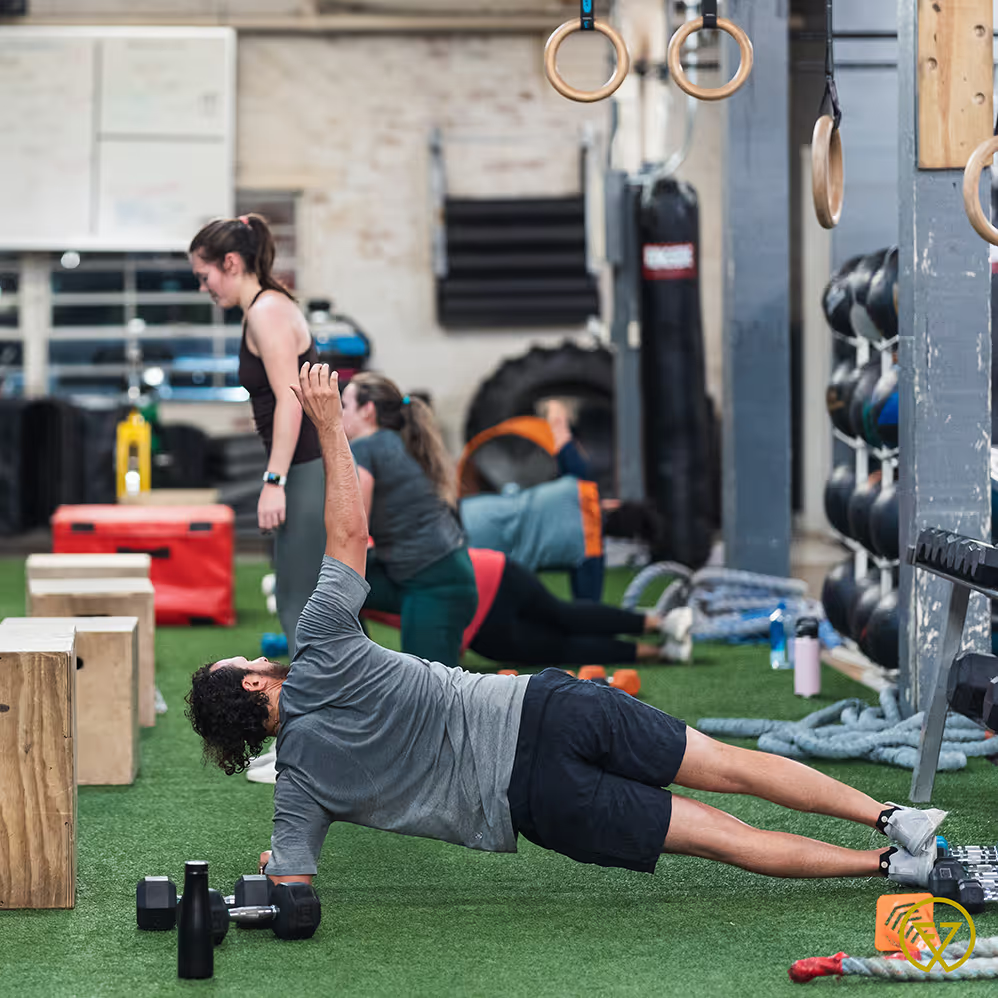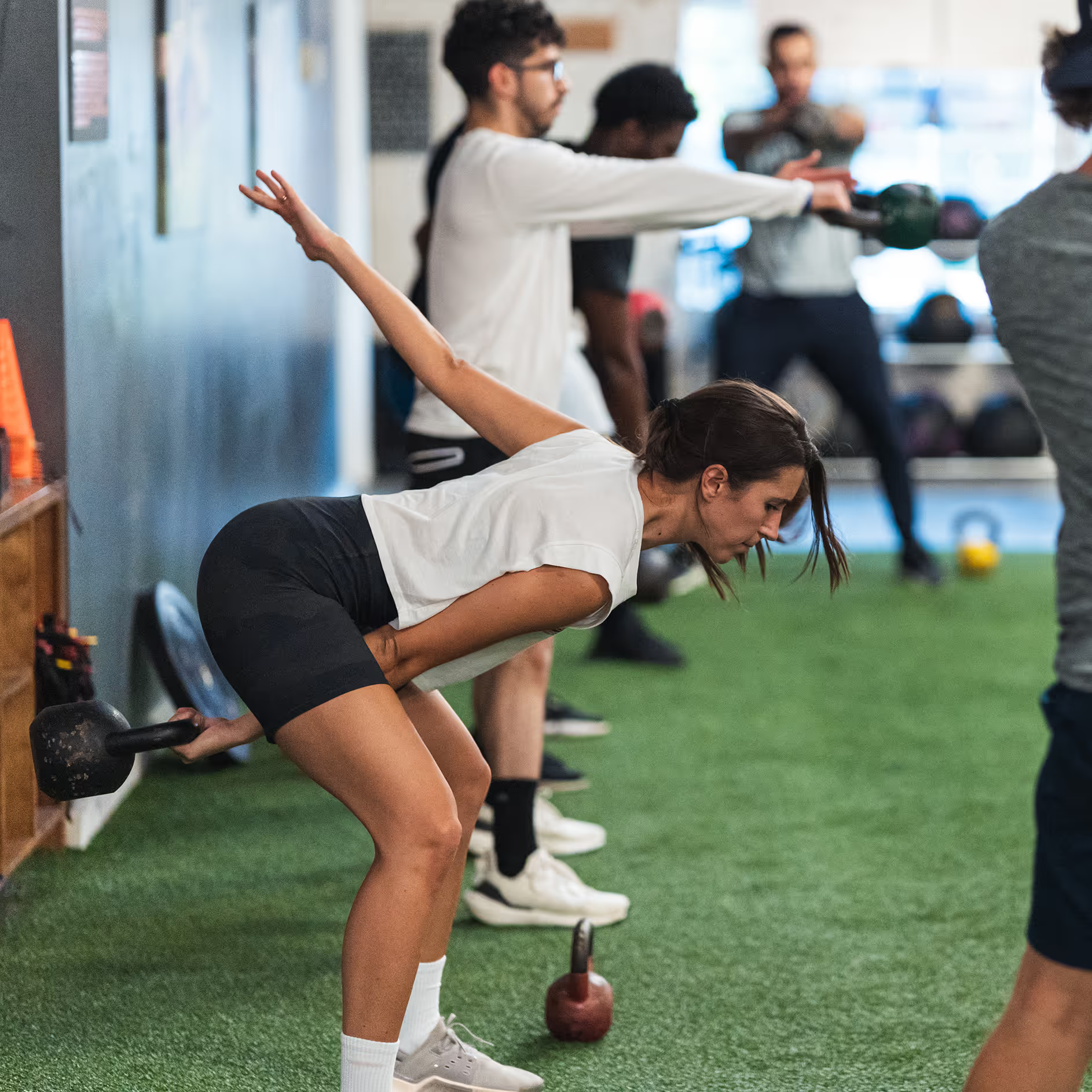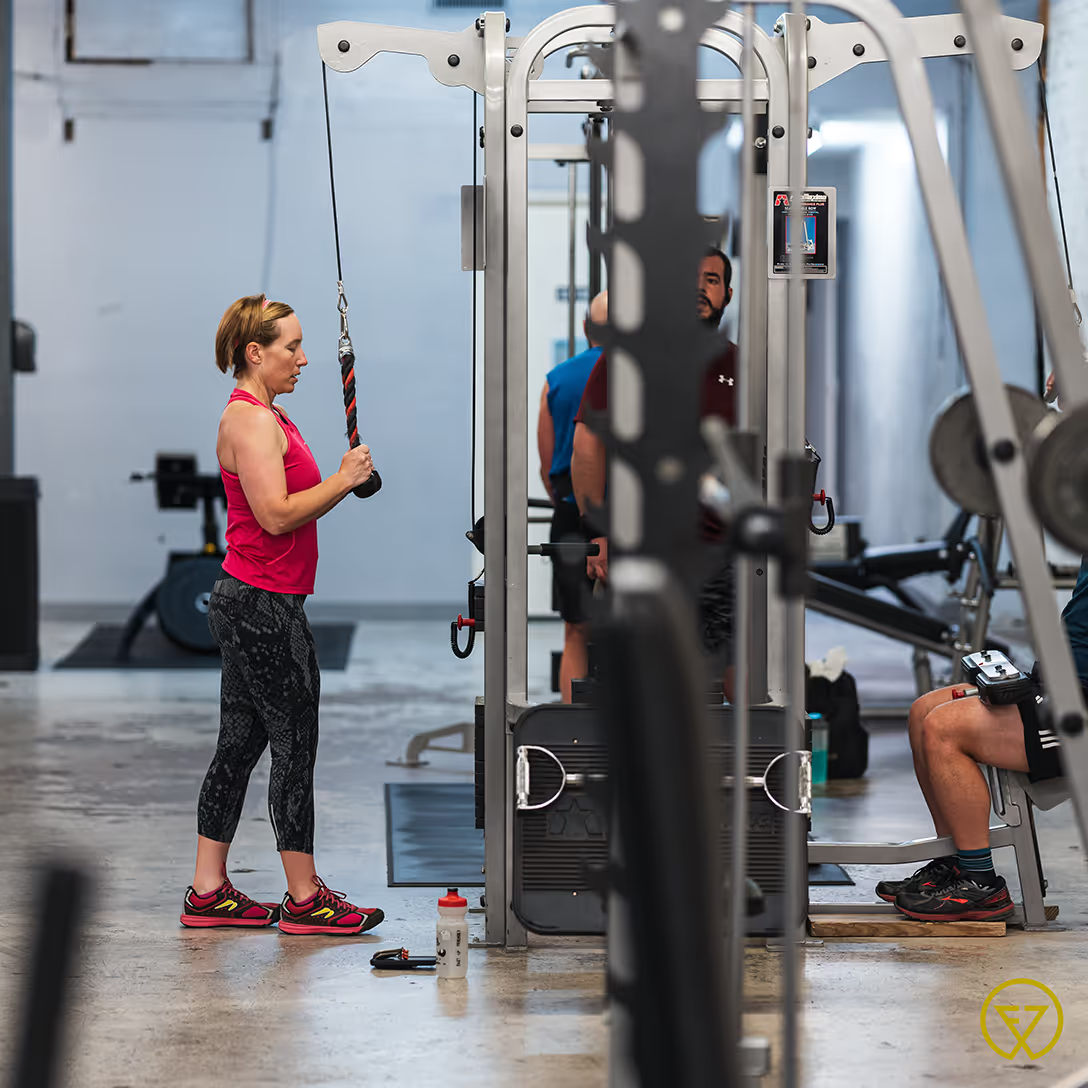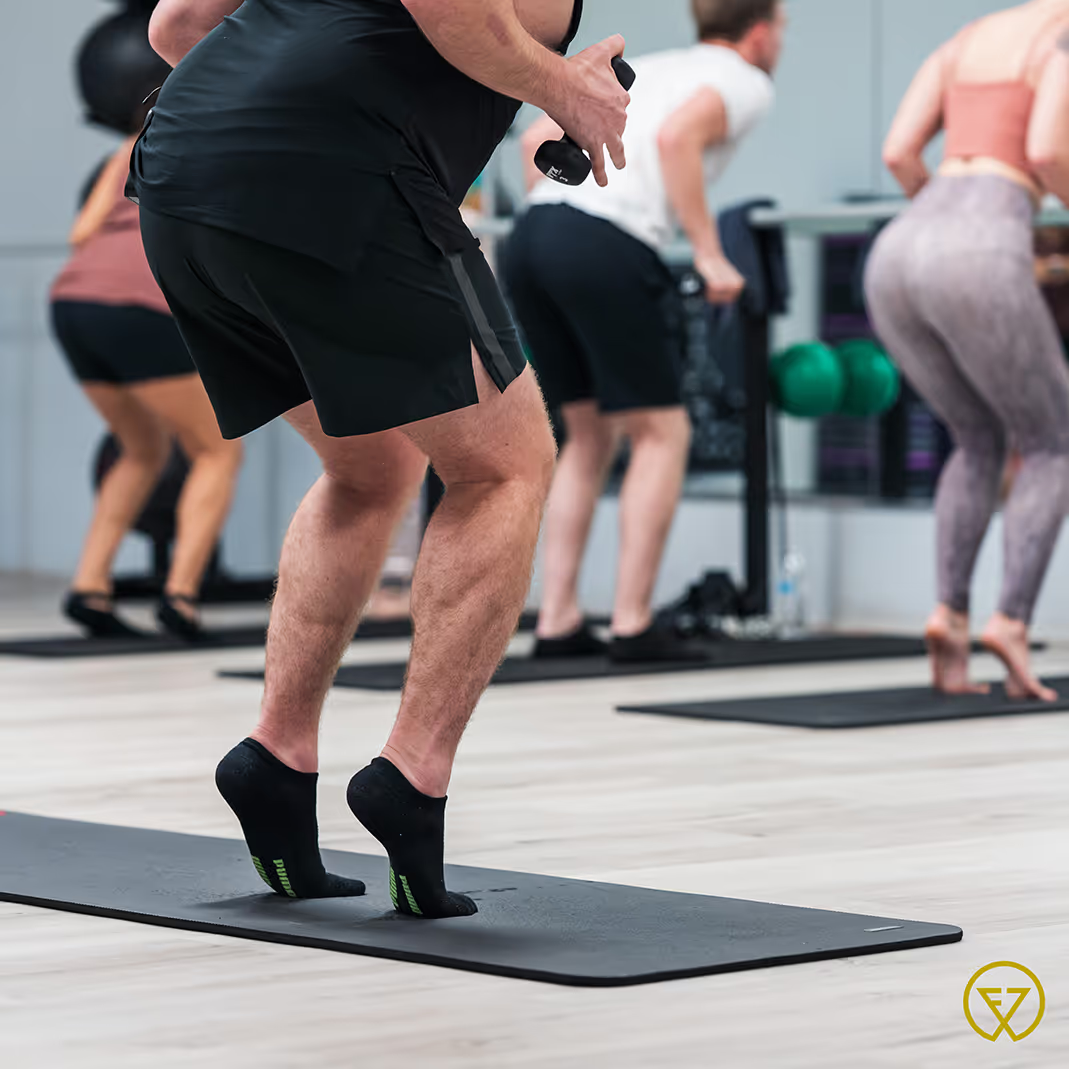Pushing yourself too far: Overtraining syndrome, its symptoms and prevention
If you feel sluggish, inflamed, numb, disconnected, who’s really in control?
THINK ABOUT IT...
You’ve been conditioned to think about your body as something mechanical, as an object to drag through the day- something to push, fix, punish or decorate…
But never as sacred…
Never as intelligent… as a vessel of Divine intention.

The ancients knew this. The body was never a burden, it was a temple. Not just in theory, but in function.
Every breath you take, every cell in your gut, every spark in your nervous system, it’s all part of a living code designed for perception beyond the 5 senses. But the modernism of the recent centuries is teaching you constantly to ignore it.
Start with the gut.
The gut produces more neurotransmitters than the brain, it’s your second brain, regulating your mood, your energy, and your spiritual receptivity. Yet it’s constantly under attack.
Pesticides, processed foods, antibiotics, synthetic preservatives, all designed not just to destroy gut flora, but to destroy our capacity to feel clearly. When your gut is compromised, your mind is clouded. When your digestion is inflamed your thoughts are unstable.
Those in the “remedy” business don’t want you to be sharp, focused, and intuitive… they want you bloated, distracted, emotionally volatile, and they’ve engineered the food system to be sure.
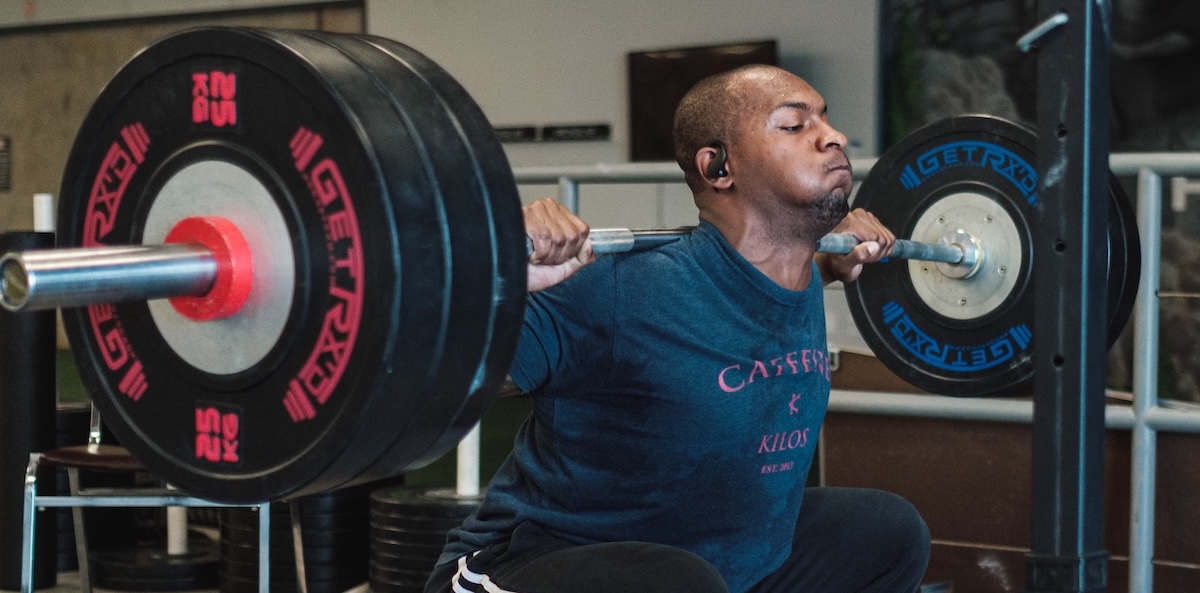
But it’s not just the food. It’s your water, your air, your light.
Tap water filled with endocrine disrupters. Air saturated with industrial toxins. Artificial light that scrambles your circadian rhythm and drains your life force. And through it all you're told this is normal, you're told to adapt. To medicate. To caffeinate. To carry on. And when your body starts breaking down they offer pills instead of root solutions.
They give you diagnosis after diagnosis but never ask the real question -
what are you feeding the instrument of your divinity?
That system doesn’t profit from your clarity…it profits from your chaos.

This is why healing your body isn’t just a wellness trend.
It’s an act of Rebellion.
It’s the foundation of awakening.
Your consciousness can’t fully rise in a body that’s drowning in inflammation, toxicity, and fatigue.
You can’t connect to the Divine when your nervous system is in survival mode. You can’t remember who you are when your cells are constantly battling the poisons of modern life.
Liberation isn’t only mental, it’s cellular. And every choice you make, every meal you eat, every breath you take is either feeding your awakening or feeding your suppression.
And here’s the real breakthrough.
Your body wants to wake up. It’s always communicating. Always recalibrating. Always moving towards healing when you give it even half a chance. And when you start treating it like the intelligent energetic vessel it is, everything shifts. Your thoughts clear, your emotions balance. Your intuition sharpens. That’s not a coincidence. That’s coherence.
That’s not a coincidence. That’s coherence.
The state where your body, mind, and spirit align into one unified field. That’s when you stop living from your head, and start living from your whole being. That’s where awareness stops being a concept, and starts becoming your baseline.
Most coaches bypass this.

They tell you to rep your problems away while still eating food that numbs your senses and scrolling until your dopamine is fried. But you can’t hack your way to awakening. You have to live it, feel it in your skin. In your gut, your breath. This is true embodiment. Not the aesthetic kind, but the kind that rewires your nervous system and clears the fog from your perception. Because the Divine doesn’t live in the sky or in scriptures. It lives in your blood, your bones, your breath. You don’t have to look outside to find it. You just have to clean the vessel it’s been trying to move through all along.
TAKE BACK CONTROL OF WHO YOU ARE.
Rebel against being blind… Rebel against the leeches of your energy.
Find who you were meant to be.
Find who you are.
We have courses designed to awaken you. Learn the basics of how your body moves.
DISCOVER HOWTake the purple pill and go down the rabbit hole with us. We are here for you, all the way.
TAKE THE LEAPWhen it comes to training, it’s not always a case of more is better. Excessive training combined with a lack of proper recovery time can lead to a significant decline in performance and what’s known as overtraining syndrome. Left untreated, overtraining syndrome can severely hinder your progress, so prevention is essential if you don’t want to lose your hard-earned milestones.
Overtraining syndrome can creep up on anyone, especially if you have major events coming up that you have set goals for. It is enticingly easy to push yourself that little bit harder, but it may cost you weeks, even months, of progress if you take it too far.
So how do you know if you are overtraining? How do you recover from overtraining and how do you prevent it? Read on to learn more.
First steps first: Know what to look for
If you don’t know the signs and symptoms of overtraining, you may not be aware you’re doing it and the consequences can strike a crushing blow if you’re not careful.
Note that the signs and symptoms of overtraining vary between individuals and the order in which they appear may also be different.
You should not delay treatment if you notice even one or two of the following symptoms:
- Persistent achiness, stiffness, or pain in the muscles and/or joints that goes beyond what you might typically feel post-workout
- Lethargy, difficulty sleeping, lack of motivation, depression, anxiety, irritation, and emotional vulnerability which can be prolonged by overtraining
- Falling sick and having headaches
- Decreased appetite
- Bad running form and other signs of decreasing performance, including feeling like it is more difficult to produce the level of results you’re used to
- Higher than normal resting heart rate
Start overtraining recovery early
As mentioned, it is important to take action to address overtraining as soon as you notice symptoms.
Proper rest and recovery is crucial, so stop training immediately and do not return to your training schedule before your body is fully rested. You might worry about losing your hard-earned progress, but things are guaranteed to get worse if you do not take the rest you need to fully recover. Sometimes it’s as simple as taking a full day off and doing some yoga. It may even mean taking a week off. Once you feel your energy levels return, you know you’re going in the right direction.
Equally important is sleep. The recovery benefits of proper sleep are well known — it is critical to increasing your athletic performance and recovering from all sorts of injuries. This doesn’t just mean the eight hours or so of sleep you get at night, but also naps during the day and heading to bed early.
Check your diet to confirm whether a lack of nutrition is fueling your overtraining syndrome. It’s not uncommon for athletes to undereat, but doing so means there aren’t enough calories to support your daily energy needs. It also means your muscles do not have the fuel to recover. Ensure you are getting the vitamins, protein, and carbohydrates you need by eating nutrient-rich foods and keep hydrated.
Iron deficiency is common in runners and it also shares many symptoms with overtraining: muscle soreness, fatigue, and a drop in performance, among other things. Get your blood tested to see if you have enough iron in your body or if you need to take supplements.
As for how long you will need to recover, this is going to be different for everyone and will also depend on how severe your condition is, but it could be anything from a couple of weeks to several months.
How to prevent overtraining
Contrary to what you might think, training at 100% all the time isn’t the best way to see results. There’s a lot of recent research showing that around 70% is the sweet spot for optimal results, but we’ll get to that in another blog.
A crucial strategy is taking rest days — and treating them as real rest days. This means not doing any running, strength training, or cross-training on these days. Doing simple, light exercises such as walking, stretching, or yoga are good ways to spend your rest days. You should have at least one rest day a week in your normal training schedule and give your body a good amount of time to recover after long training sessions and big events.
Speaking of cross-training, incorporating more cross-training activities into your regimen will increase your fitness and allow your primary sports’ muscles time to rest so you don’t overwork them. It will also help you condition other muscle groups that aren’t used as much. Some cross-training activities to consider include strength training, swimming, cycling, and skiing.
In a similar vein, make sure to vary your training schedule. Avoid falling into the trap of training at the same pace every time. For running, vary the distances you run as well as the pace at which you run at. Build up your endurance and strength slowly and safely — it’s better to achieve your goals steadily, rather than rushing and potentially hurting yourself in the process.
Work smarter, not harder
You don’t need to torture yourself to achieve your training and fitness goals. Whether you are working toward your next triathlon or marathon or simply trying to keep fit, you should be attuned to your body and what it is telling you. Give your body ample rest so it can recover and the nutrition, hydration, and cross-training it needs to get stronger so that you can continue moving toward your goals.

